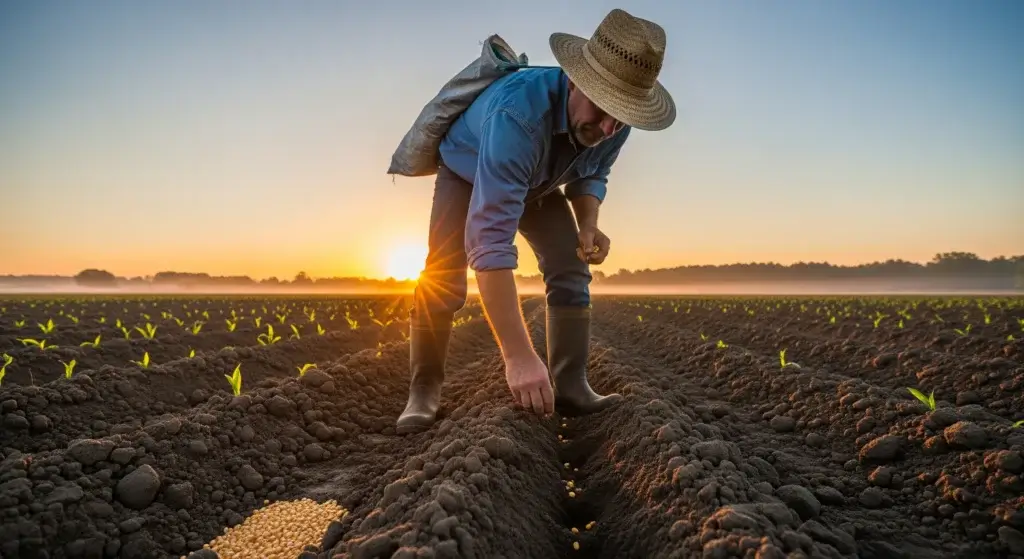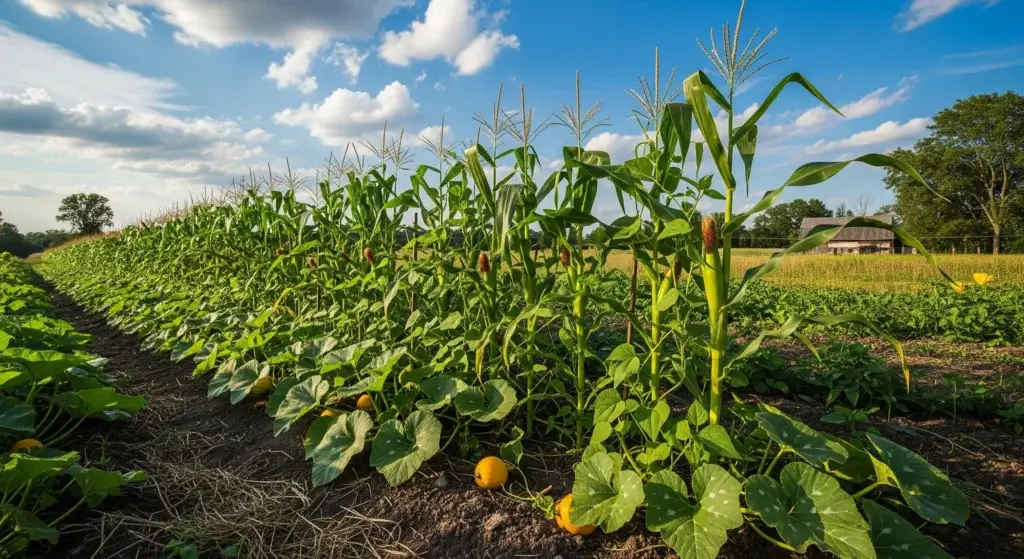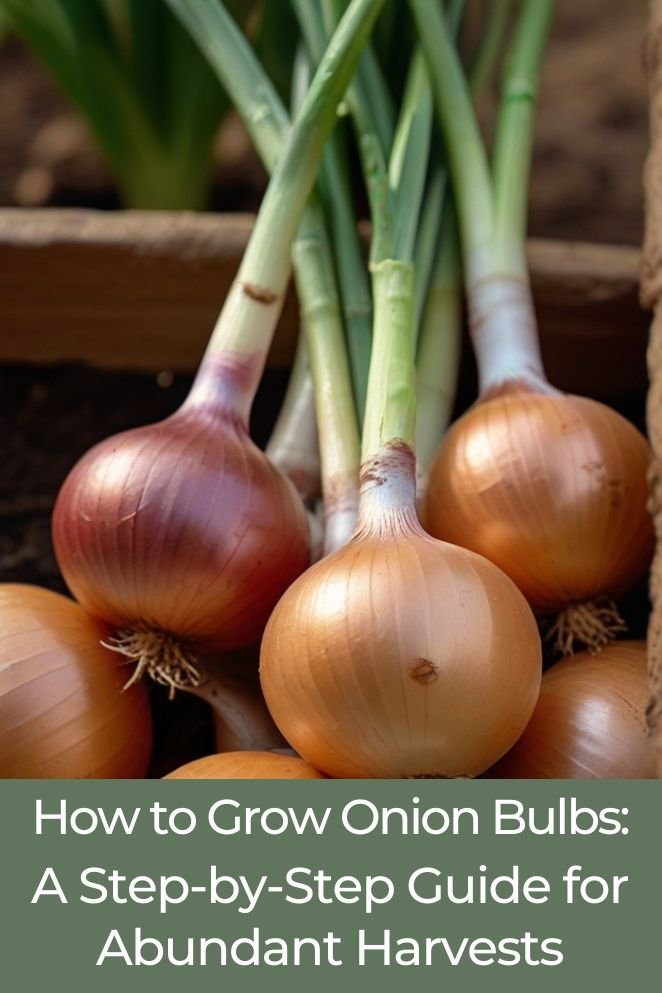
Growing onions from bulbs is a fulfilling endeavor that offers the joy of savoring fresh, homegrown vegetables renowned for their distinct, sweet flavor.
In this article, we’ll explore the advantages of cultivating onions from bulbs, covering planting methods, soil preparation, and essential care tips to ensure a thriving onion crop.
Benefits of Growing Onions from Bulbs
- Freshness: Homegrown onions are fresher than store-bought varieties, ensuring maximum flavor and nutrition.
- Variety: Growing onions from bulbs allows you to choose the right variety based on your needs and preferences.
- Control: You have complete control over the growing conditions, ensuring the onions are grown without the use of pesticides or other chemicals.
- Nutritional profile: Onions are rich in vitamins C, B6, and K, fiber, and antioxidants, making them a healthy addition to your diet.
- Cost-Eeffective: Growing your own onions is less expensive since you can buy bulbs rather than pricey store-bought onions.
- Long storage potential: Onions can be left in the ground to over winter and be harvested the following season if the area is heavily mulched with about 3 inches of material. They can also be stored for up to 7 months in containers of damp sand or sawdust in a root cellar.
- Versatility: Onions can be used in various dishes, including roasted, sautéed, soups, stews, smoothies, pickled, and canned.
- Companion planting: Onions can be planted with other vegetables like garlic, carrots, beans, leeks, and chives, which can improve their growth and health.

- Read also: The No-Soil Solution: How to Grow Onion in Water
- Read also: Sprout Your Own: A Guide on How to Grow Onions from Seed
Choosing Your Onion Bulbs
Selecting and planting onion bulbs is a crucial step in ensuring a successful harvest of flavorful onions.
Let’s delve into the details of choosing your onion bulbs and planting them effectively:
Types of onions
When selecting onion bulbs, consider the variety that best suits your culinary needs and preferences.
Sweet onions are perfect for adding a mild flavor to salads and sandwiches, while yellow onions are preferred for cooking due to their robust flavor.
Red onions lend a vibrant color to dishes, and white onions are commonly used in Mexican and Middle Eastern cuisine for their crisp texture and mild flavor.
Buying bulbs
Purchase certified disease-free bulbs from a reputable nursery or garden center to ensure the health and vitality of your onion crop.
Choosing high-quality bulbs from trusted sources minimizes the risk of introducing diseases or pests to your garden.
Selecting healthy bulbs
Look for firm bulbs with dry, papery skin and no signs of mold or decay.
Healthy onion bulbs should feel solid and heavy in your hand, indicating freshness and viability.
Avoid bulbs that appear soft, shriveled, or discolored, as these may be indicators of poor quality or disease.
Planting Your Onion Bulbs
Timing
The timing of planting onions depends on your local climate and growing season.
In cooler regions, aim to plant onion bulbs in early spring when soil temperatures reach approximately 50°F (10°C).
Alternatively, in warmer regions, consider planting in the fall for a winter harvest.
By aligning planting times with local climate conditions, you optimize the chances of successful onion growth and development.
Preparing the bed
Choose a sunny location with well-draining soil for planting your onion bulbs.
Loosen the soil to a depth of at least 6 inches and amend with compost if necessary to improve soil structure and fertility.
Proper soil preparation creates an ideal growing environment for onions, ensuring optimal root development and nutrient uptake.
Planting the bulbs
Plant onion bulbs with the pointed end facing upwards and the root end down, ensuring they are spaced 4-6 inches apart in rows spaced 12-18 inches apart.
Gently press the bulbs into the soil at the appropriate depth, covering them lightly with soil.
Water the newly planted bulbs gently to settle the soil and provide essential moisture for germination and early growth.
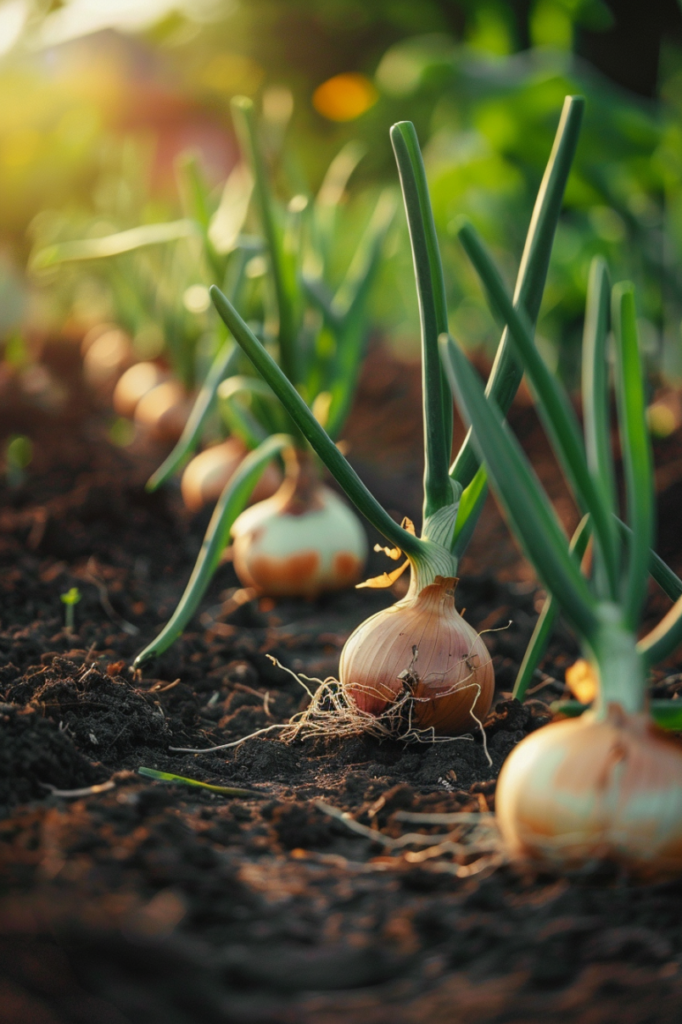
Growing and Caring for Your Onions
Caring for your onions is essential to ensure their healthy growth and development.
Let’s explore some key aspects of growing and caring for onions in more detail:
Watering
Consistent moisture is crucial for onions, especially during germination and early growth stages.
Water deeply and regularly to maintain adequate soil moisture levels.
Ensure that the soil is evenly moist but not waterlogged, as excessive moisture can lead to rot and other issues.
Weeding
Weed control is essential to prevent competition for nutrients, water, and sunlight, which can hinder onion growth.
Remove weeds by hand or with a hoe, being careful not to disturb the onion roots.
Regularly inspect the onion bed for weeds and promptly remove any that emerge.
Feeding
While onions are not heavy feeders, providing optional feeding with a balanced fertilizer can benefit their growth, especially if your soil is lacking in nutrients.
Choose a fertilizer specifically formulated for vegetables and apply it according to the manufacturer’s instructions.
Avoid over-fertilizing, as excessive nutrients can lead to lush foliage at the expense of bulb development.
Sun exposure
Onions thrive in full sun, so ensure they receive at least 6-8 hours of sunlight per day.
Plant them in a location that receives full sun throughout the day to promote optimal growth and bulb formation.
Adequate sun exposure encourages robust foliage growth and helps onions develop strong, healthy bulbs.
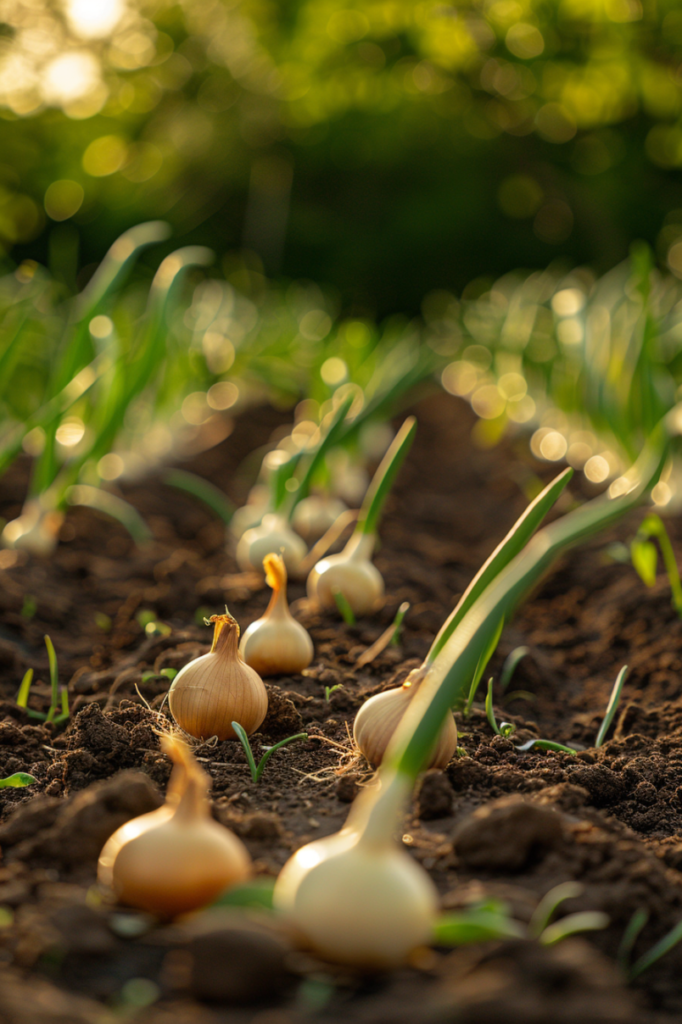
- Read also: A Comprehensive Guide: How To Grow Brussels Sprouts
- Read also: A Comprehensive Guide: Tips on How to grow Lemon balm
Conclusion
Cultivating onions from bulbs is a delightful and fulfilling endeavor, offering the pleasure of relishing homegrown vegetables bursting with a distinctive, sweet taste.
With these helpful tips, you can cultivate a thriving onion crop, ensuring an abundance of flavorful harvests to enjoy throughout the year.

